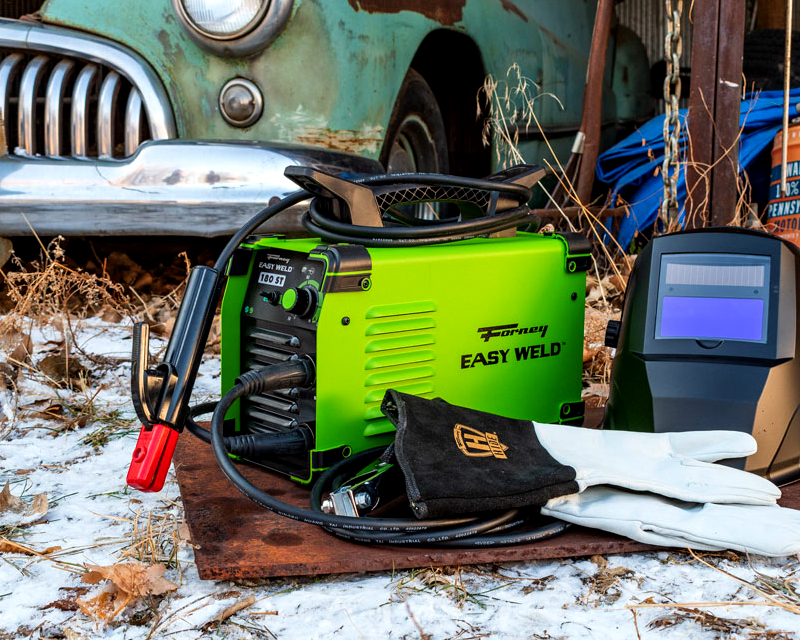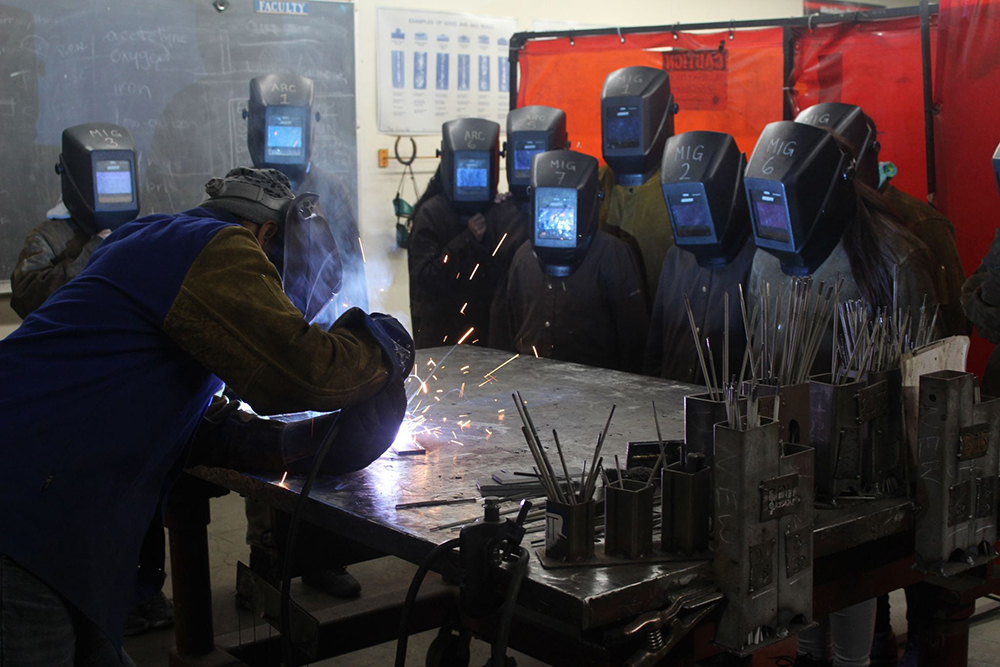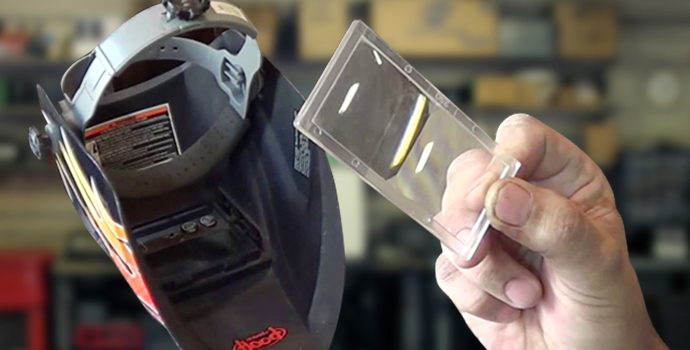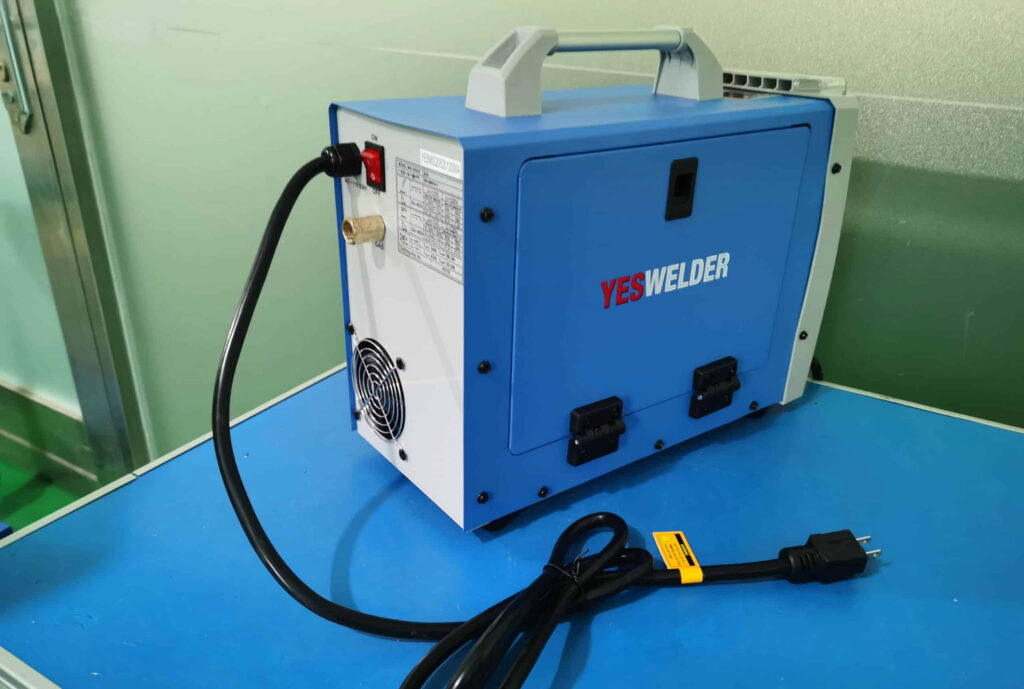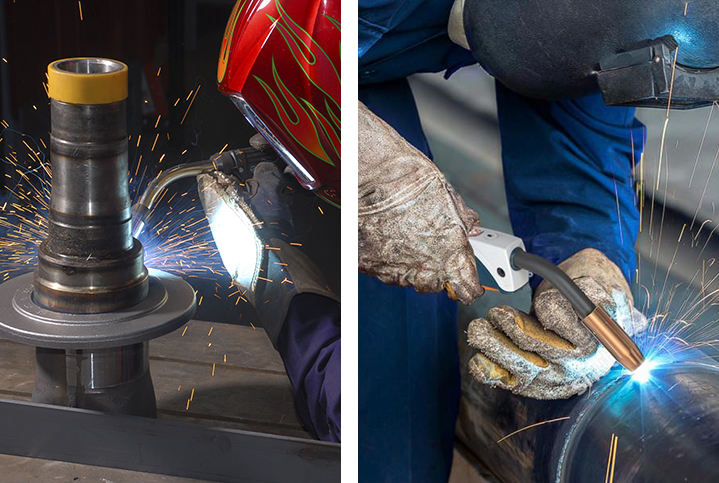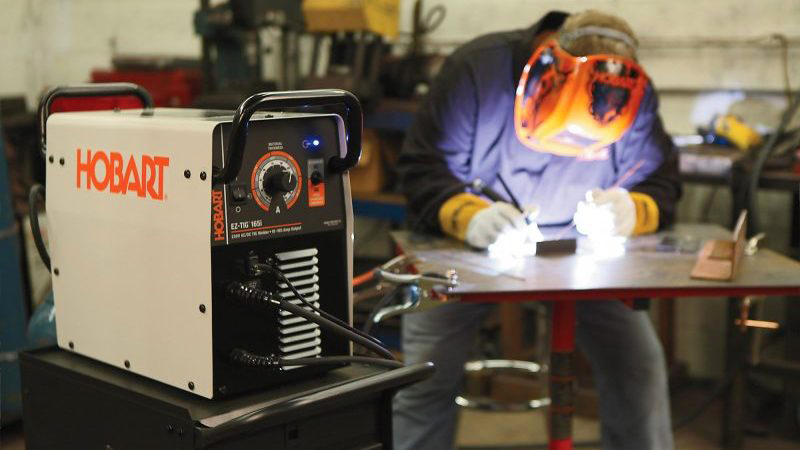

Practicing a profession such as welding involves numerous risks, first of all, that of seriously injuring the eyes. But honestly, we’ve all seen pure daredevils weld with stick electrodes and flux wires without a mask on. They seem to have telescoping eyes like the barreleyes, which can filter out sunlight.
But frankly speaking, no human eye can resist or filter out the UV rays from the welder. The human eye can only filter out up to 300 nanometers. So, is welding without a mask safe or not? In short, the arc from the welding machine can produce up to 1,400 manometers, which is dangerous for any human eye.
So, before you ask us whether welding without mask is possible or advisable, the straight answer is no. You need to have a welding mask or goggles on. Get a mask on or don’t do it! Let’s find out more about the topic and how to protect your eyes from welding and which PPE to choose.
Using a welding helmet is crucial as you have to protect yourself from the light. The principle of arc welding is based on the creation of an electric arc between a metal rod and the part to be welded.
The arc generates high temperatures and emits intense blue light as well as ultraviolet light. However, blue light is very powerful and causes serious damage to the lens and the retina of the eyes.
As for ultraviolet rays, they can cause inflammation of the cornea Trusted Source Photokeratitis induced by ultraviolet radiation in travelers: A major health problem www.ncbi.nlm.nih.gov , conjunctivitis, cataracts, and even eye cancer. Of course, these ultraviolet rays also attack the skin. Some welding processes that involve the use of the flux-cored machine, stick welder, and others emit rays and fumes that can be dangerous to the eyes and skin.
Therefore, the use of the mask and other PPEs is crucial. The best and most effective helmet for welding is the DEKOPRO Welding Helmet. It’s a darkening hood that can be used for TIG, MIG, and arc welding.
The risks associated with welding are mechanical, chemical, and radiation-related. The eyes are the part most exposed to damage caused by various hazards. And for this reason, it is essential to estimate all the potential risks found in the work environment.
Welding is dangerous to the human eye as it emits high-intensity radiation. The welding operations, which can be carried out both with gas and electric arc, represent a source of UV, IR, and dazzling light.
Vision protection is important to ensure adequate physical protection, as well as to safeguard against radiation. The effects caused by the various types of radiation vary according to their wavelength.
Given that 80% of human perception is visual, it is evident that the main risk is constituted by glare, spatter and heat emanating from the weld.
On the other hand, there are chemical risks from the fumes generated by the fusion. The degree of danger depends on the chemical composition of the materials used for welding, or on that of the electrode, which can be carcinogenic.
The risk assessment makes it possible to identify adequate prevention measures and suitable eye protection to ensure maximum safety in the workplace. It is up to the employer or welder to evaluate the risks. They must know the right eye PPEs which will allow the worker to carry out the welding operations without risk.
If you’ve been welding with no face PPEs, you may already be exposed to elements that can damage your vision.
The main damage to the human eye, resulting from excessive exposure to optical radiation, can be of different kinds. This depends on whether they occur in the short or long term.
The UV ray causes eye discomfort and redness, signs that develop immediately and that can give rise to severe inflammation of the cornea.
Although blue light is often underestimated as it is considered safe, in reality, it can penetrate up to the retina and damage it irreversibly.
This danger does not manifest itself immediately but can be more harmful to the eyes in the long run.
Other welding safety equipment you need are:
Welding gloves protect the hands as they are the most exposed part during welding. This essential protection is against cuts, burns, and injuries due to weld projections.
The tanned leather or split leather welding apron protects your clothing during welding. Without pocket, it attaches via two links around the neck and behind the back.
Welding clothing must be from flame-retardant cotton. Their specific treatment allows them to fight effectively against heat.
The feet are also exposed to molten metal. Some particles, even fine ones, can melt the laces or the upper parts of the shoes. This is why it is essential to wear safety boots with insulated soles or safety shoes with a high shank.
Continuous exposure to radiation over time leads to a loss of optical diopter and in some cases even blindness occurs.
It is therefore evident that it is impossible to weld without eye protection and you must avoid doing it if you do not have the appropriate PPE to carry out even minimal do-it-yourself activities, which can cause serious damage.
No human eye can resist the UV rays from the welder. The arc from the welding machine can produce up to 1,400 manometers and 50,000 degrees Fahrenheit which is dangerous for any human eye. The least a machine can produce is around 2,555 degrees, probably from a spot welder.
The OSHA and ANSI standards Trusted Source 1910.133 - Eye and face protection. | Occupational Safety and Health Administration www.osha.gov which regulate the use and maintenance of PPE for the face and eyes provide a basic understanding of the classification of hazards for the eyes, which arise both in the professional and industrial sectors.
The legislation also classifies the various types of personal eye protection devices, each of which is equipped with filters suitable for different levels of protection.
Welding is an operation with the risk of burns and injuries if you do not protect yourself. To weld safely, different types of personal protective equipment (PPE) can be used during welding work.
Let’s find out more about how to protect your eyes from welding and which face PPE to choose.
Welding goggles protect the eyes and offer limited protection to the orbital cavities. They are available in different variants and have a filter whose type must be chosen according to the welding technique to be carried out.
It is a welding eye protection generally equipped with a double pair of lenses in which the blackout protective lenses are foldable and can be lifted without removing the glasses. Frame and model must adapt perfectly to the face and the lenses, whose size determines the width of the visual field.
The welding mask protects the eyes and orbital cavities. To be protective, it must be equipped with suitable frames and eyepieces for welding, to protect the eyes and also the face from spatters, radiation, or chemicals. It is generally attached directly to the garment and it is possible to wear larger models over normal corrective glasses. Some masks protect against fumes that can hit the eyes during operations and damage them.
The visor provides both eye and face protection and is another effective PPE to safeguard the eyes when welding and protect against splashes, splinters, chemicals, and radiant heat. It can be equipped with a headband to be held on the head, or it can also be equipped with a safety helmet. A fixed opening, or to be raised, to insert the welding filter is incorporated into an opaque screen as you can find on the YESWELDER Large Viewing Screen. The visor provides eye and face protection and can also be worn over corrective glasses.
When welding, arcs, infrared and UV radiation can endanger the eyes. In addition, vapors and smoke that are harmful to the respiratory organs are generated. These are good reasons to wear a welding helmet that protects you from these dangers. Welding without mask or other eye and face protective equipment is not recommended.
In the welder’s PPE, the wearing of welding goggles or a welding mask is essential, regardless of the type of welding performed. There are different models of masks, suitable for each type of welding.
The face PPEs for welding can be goggles, masks, and visors or screens. You also need to have your boots, fire retardant welding apron, among others.
